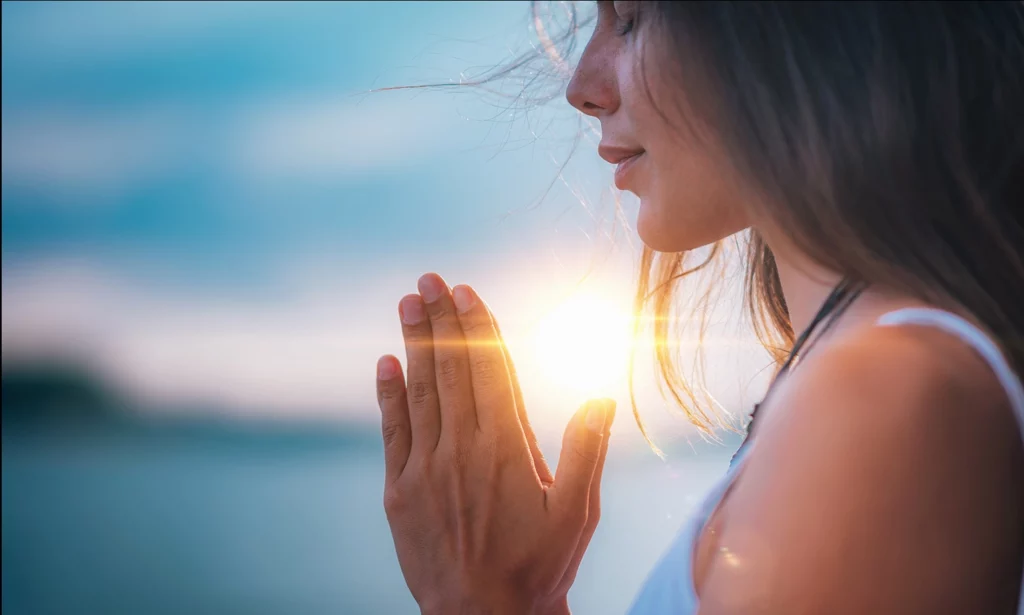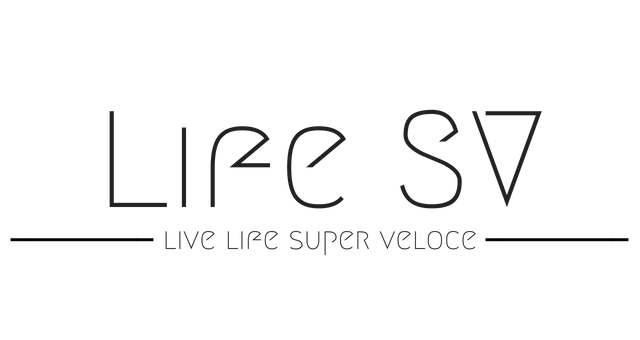
There are plenty of stressful situations in modern life. The speed of life, the volume of incoming information, working eight to twelve hours a day, housework, children’s schoolwork, and we also have to take ourselves for a walk, run to the store, figure out what to cook for dinner, plan repairs, etc.
And now in the frantic rhythm of our nerves begin to flutter, seize heart, right side, stomach, and all because we don’t know how to relieve stress, and sometimes even eating our favorite foods and playing at bizzocasino.eu don’t help. Relaxation exercises are exactly what will help do this. Let’s learn more about what it is, what relaxation techniques exist, and what exercises are recommended by experts.
Relaxation and How It Helps
Relaxation shouldn’t be confused with rest or idleness. It’s a full-fledged relaxation at the physiological and anatomical level. We cannot live in tension all the time, it leads to exhaustion of the body. If we know how to tense up, then we should also know how to relax. Relax with the help of relaxation.
We have only several times a year for a complete rest, and even then we spend our vacations doing things which we usually can’t get to during the course of our lives. So what does it leave us not to go off the rails? Relaxation. It increases efficiency, relieves physical and mental tension, restores strength, relieves muscle tone and spasms. Relaxation shows good results in the treatment of psychosomatic diseases.
Types of Relaxation
Relaxation is a fairly broad field, which includes many types and ways of relaxation. So, relaxation can be:
- Long-term and short-term.
- Psychological and physiological (when a person removes “unnecessary” thoughts and relieves stress physically).
- Superficial and deep.
- Urgent and prolonged.
- Total and differential.
Relaxation Techniques
Relaxation techniques can be divided into three major groups: muscular, breathing and psychological.
Muscle relaxation techniques are aimed at relaxing the muscles of the body, these techniques help to relieve pain, tension, spasm, to get rid of phobias, panic attacks, anxiety or anger. How does it work? A specific muscle group is activated, a signal goes to the appropriate section of the brain, and the tension goes down. Of course, this is a schematic example, without delving into the anatomy and physiology of the human body.
Breathing relaxation techniques are some of the simplest among other techniques. The regulation of breathing allows you to coordinate most of the processes in the body, to relax, distract from anxious thoughts. Thanks to breathing exercises, your body is saturated with oxygen, and you begin to feel much better.
Self-hypnosis allows you to manage their physiological and mental processes, to find solutions in difficult situations, to deal with psychosomatic manifestations. In addition, this technique is harmless and easy enough to use.
Applied relaxation techniques are different in that they help to quickly identify symptoms of anxiety and get rid of this condition. Deep breathing, which is used in applied relaxation, relieves stress and relaxes on a reflex level.
Rapid relaxation is designed to relax in everyday situations in the shortest possible time. The peculiarity of this type of relaxation is some external influence (aroma, music, etc.).
Examples of Relaxation Exercises
Let’s learn how to breathe to relax. Sit more comfortably and close your eyes. Concentrate on your breathing, feel the air coming in through our nose. Hold your breath for a few seconds, slowly and calmly exhale. Concentrate your attention on feeling the air. The way the cold air goes into your nose, and when you exhale, it’s already warm.
Now visualize. Sit down more comfortably, close your eyes. Picture yourself in some quiet, secluded place. Try to hold that picture in your head, feel all the positive feelings of being in that place.
Exercise the muscle groups. Start with the hands – squeeze your hand, feel the tension in your hand and forearm. As you exhale, relax your hand, concentrate on the feelings. Repeat with the second hand. Follow with your neck. Tilt your head back and slowly twist from side to side, then relax. Moving on to the face. Raise your eyebrows up as much as possible, open your mouth as if you’re very surprised at something. Close your eyes, wrinkle your nose, frown. Then relax your face.
Take a deep breath, hold your breath, then slowly exhale. Then you can tense your abs, bring your shoulder blades together and arch your back, relax. The legs are the last to be activated. Tense the thigh muscles, holding the leg in a half-bent position. Pull the foot and unbend the toes as much as possible. Extend the ankle, squeeze the toes. The whole complex can be repeated three or four times.

Leave a Reply